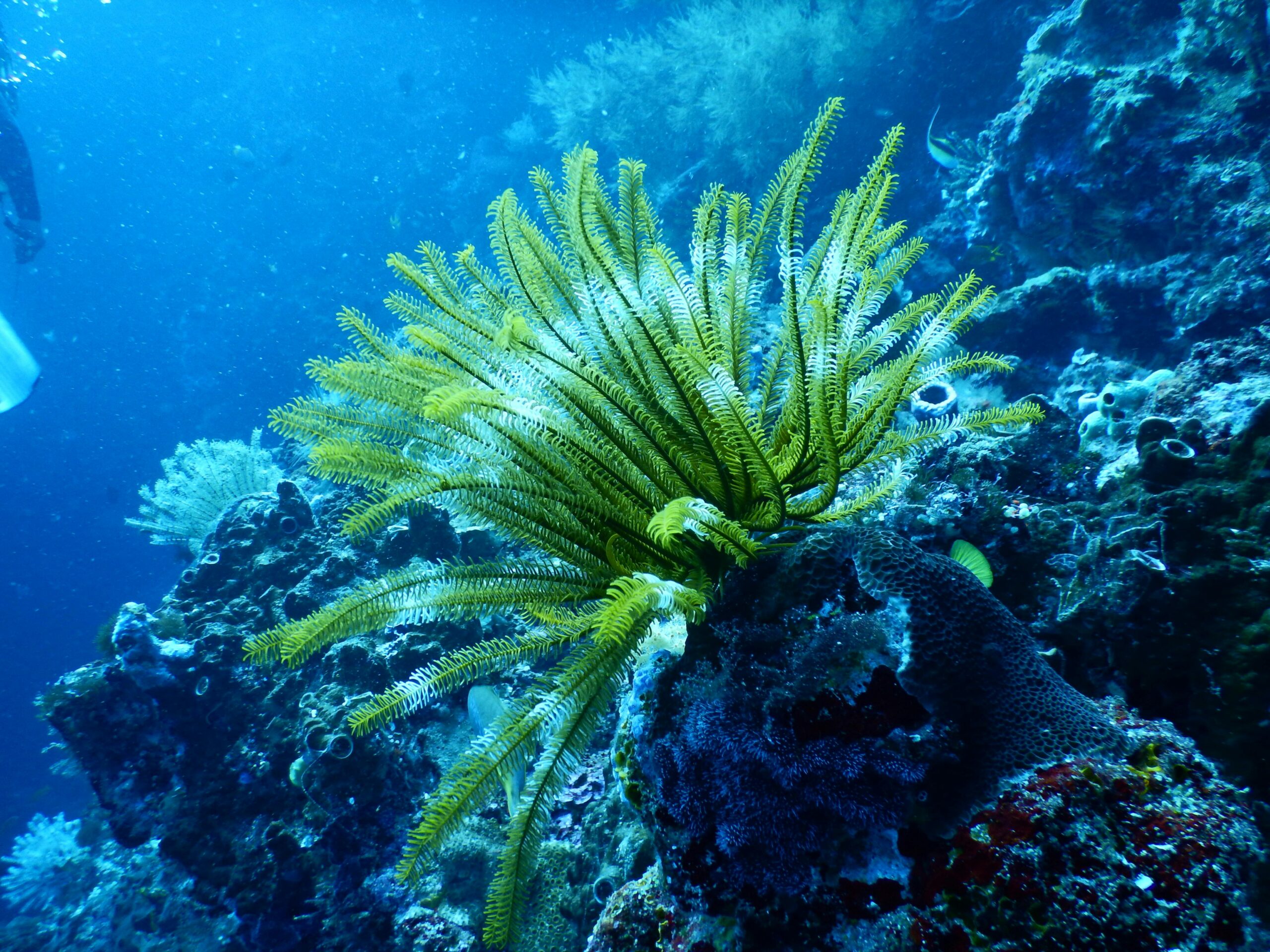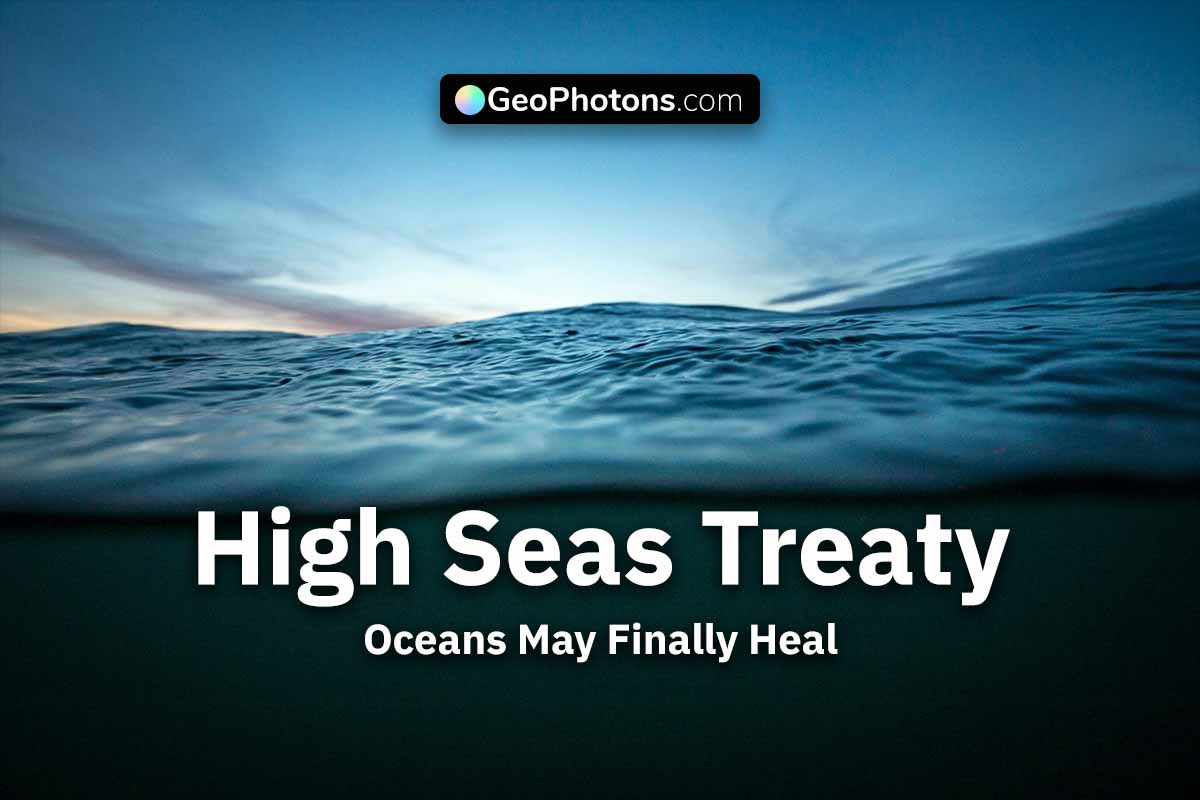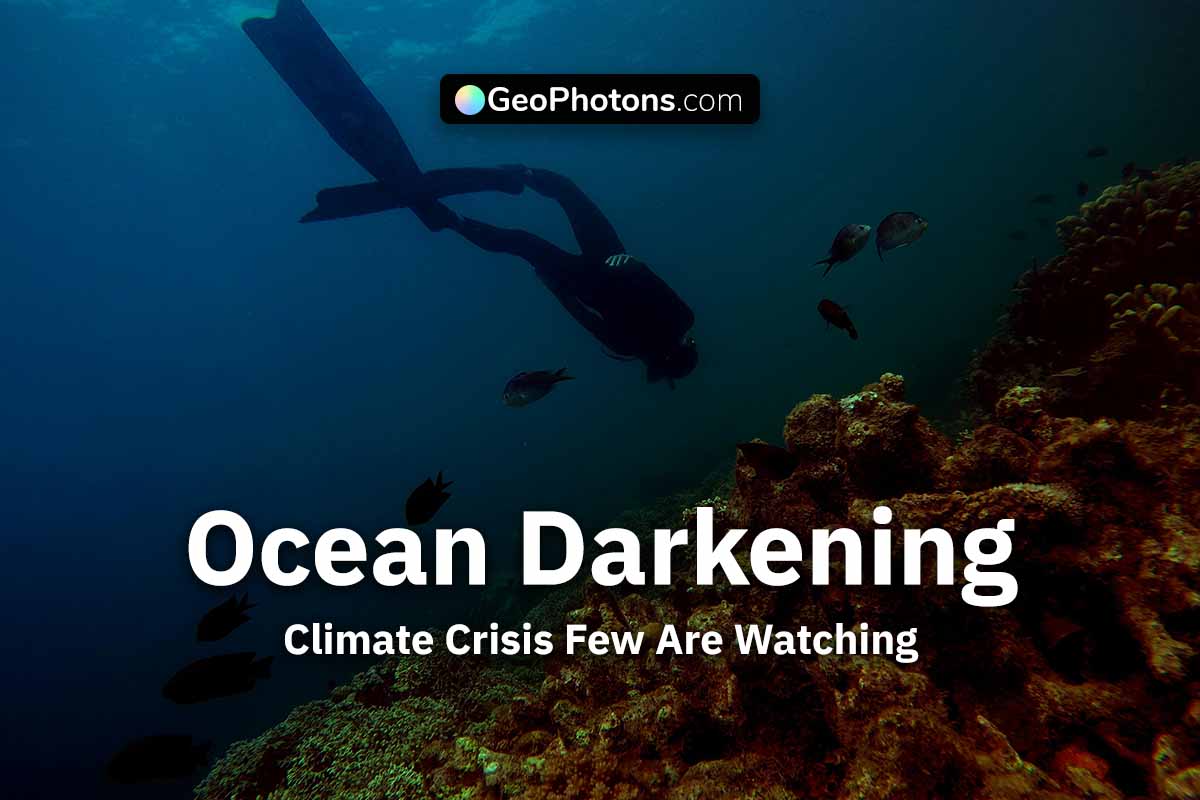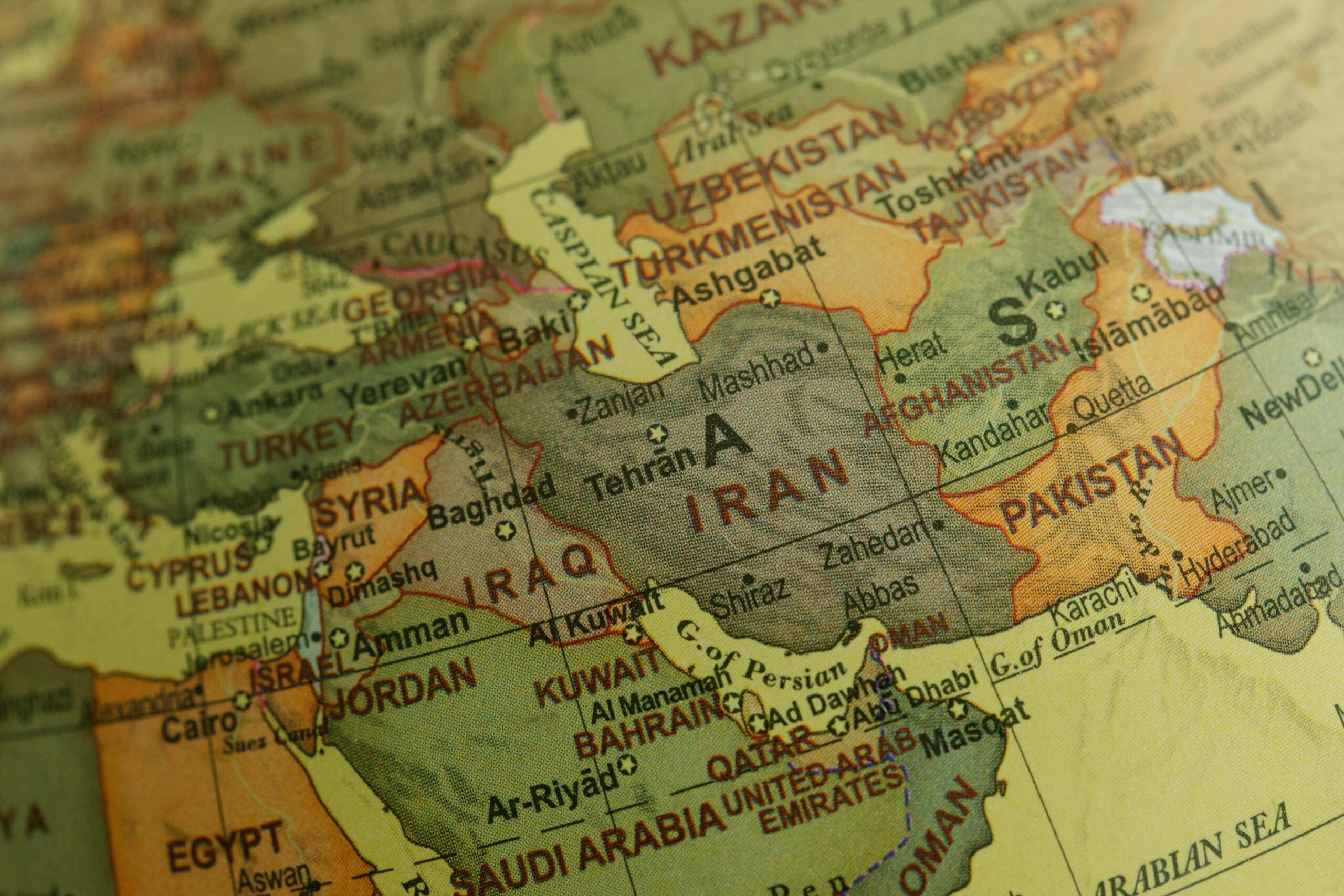Massive Funding Gap Threatens 2030 Ocean Protection Goal
A $14.6 billion shortfall threatens the 30×30 ocean goal. Learn why it matters, what’s at stake for ocean protection, and how smart funding can save marine life and our future.
Ocean gap
$14.6 billion shortfall blocks 30×30 global ocean plan
Protecting 30% of oceans by 2030 sounds like a bold dream—but right now, there’s a massive money problem. According to “The Ocean Protection Gap” report, only $1.2 billion is spent yearly on ocean protection, but $15.8 billion is needed. That’s a $14.6 billion gap—each year. This funding hole could sink the 30×30 goal before it even gets close. Released before the UN Ocean Conference in June 2025, the report says most Marine Protected Areas (MPAs) don’t have enough money, staff, or enforcement to work properly. We’ve got big promises but not the bucks to back them.
Ocean protection
30×30 ocean pledge aims to guard planet’s life systems
The 30×30 target is part of the Kunming-Montreal Global Biodiversity Framework. It’s simple but powerful: protect 30% of land and sea by 2030. This includes MPAs and OECMs (Other Effective area-based Conservation Measures). Right now, only 8.6% of oceans are protected—and just 2.7% are well-managed. That’s like fencing in your yard but never mowing it. These areas are supposed to shield sea life, restore coral reefs, and support fish stocks. But without working plans, they’re just lines on a map. We’ve got 5 years left. If we don’t fix funding and planning fast, we won’t get there.
Ocean value
Oceans drive economy, oxygen, and climate stability
Oceans do way more than look pretty. They provide 50% of the oxygen we breathe, absorb 90% of excess heat, and store 25% of human-emitted CO₂, says ScienceAlert. They also fuel an ocean economy worth $2.6 trillion and support 7% of global trade. That’s everything from seafood in your sushi roll to ships bringing sneakers across the sea. But pollution, climate stress, and weak policies are stressing ocean health. A sick ocean means a sick planet—and lost jobs, rising temps, and weaker coastlines. Protecting ocean ecosystems isn’t charity. It’s survival for all of us.
🔎 Quick Fact Box:
- Current ocean protection: 8.6%
- Well-managed zones: Only 2.7%
- Annual funding shortfall: $14.6 billion
Budget crisis
Most MPAs exist on paper, not in the real world
Here’s the tough truth: most Marine Protected Areas can’t protect anything without money. Creating MPAs costs $0.6 billion a year, but managing them takes $15.2 billion annually, according to the same report. That includes salaries, boats, monitoring tech, and local programs. As of now, most coastal nations don’t even have full plans for the 30×30 goal. Worse, developing countries need $4.2 billion, but get only a fraction. Many zones lack trained staff or legal powers to enforce anything. Without real support, these “protected” areas become ghost zones. Paper promises won’t stop poachers or save coral.
Smart returns
Investing in oceans pays off big—up to $85 billion yearly
Spending money on ocean protection isn’t just a feel-good move—it’s a smart bet. The report says proper ocean investment could return $85 billion per year by 2050. That’s from healthier fish stocks, better climate regulation, reef tourism, and stronger coastlines. Imagine ocean conservation like building better highways: the upfront cost is high, but the long-term flow of goods and safety is huge. Protecting coral reefs alone could save $9 billion annually in storm damage costs (per National Geographic). The ocean doesn’t need endless cash—just steady, smart investment with a long view.
Public strain
Public sources fund 90% of ocean efforts so far
Right now, 90% of ocean conservation funding comes from government and public programs. About 78% stays domestic, and 12% comes from Official Development Assistance (ODA). But that’s not enough to fill the gap. Most coastal countries—especially developing ones—can’t keep up with the financial demands of enforcing MPAs. And without strong public funding, private investors won’t join in either. The report says richer nations need to increase their global share of contributions by 2030. It’s a shared sea, after all. When one part of the ocean suffers, the whole planet feels the ripple.
Private tools
Blue bonds and debt swaps could unlock ocean funding
While private finance is expected to play a limited role before 2030, it could take off after. Tools like blue bonds (loans for ocean-friendly projects) and debt-for-nature swaps (canceling debt in exchange for conservation) are gaining attention. Seychelles launched the world’s first blue bond in 2018, raising $15 million. These ideas are still small, but growing. The report says we need new ways to redirect wealth toward ocean protection. That means shifting money from harmful industries to healing ones. If governments can de-risk investments, private players might step in to protect what they profit from.
Fix strategy
Six ideas could shrink funding gap by billions
The report lays out six solid ideas to fix the ocean finance gap. One major fix: repurpose harmful fishing subsidies—worth $22 billion a year globally, according to the Washington Post. Another? Tax fossil fuel extraction, especially offshore drilling. Also on the list: carbon credits for marine conservation, green tourism fees, and tapping into philanthropy. Some of these ideas are bold, but we need bold. With just five years left to meet the 30×30 goal, halfway measures won’t cut it. It’s time to get creative with funding before sea life—and the planet—runs out of breath.
Shared duty
Ocean future depends on action, not just ambition
The sea connects us all, whether we live by it or not. From Florida fishermen to Seattle seafood fans, we all rely on healthy oceans. The 30×30 goal could be our chance to turn things around—but only if we invest. That means governments, businesses, and people. It’s not just about numbers—it’s about values. As ocean advocate Sylvia Earle once said, “No water, no life. No blue, no green.” We have the science, the plans, and the goals. What we need now is the will—and the wallets—to make them real. Let’s not just protect the ocean. Let’s fund it to thrive.
Share this content:














Post Comment